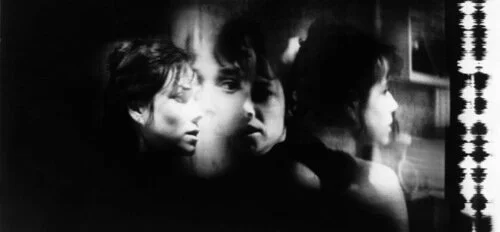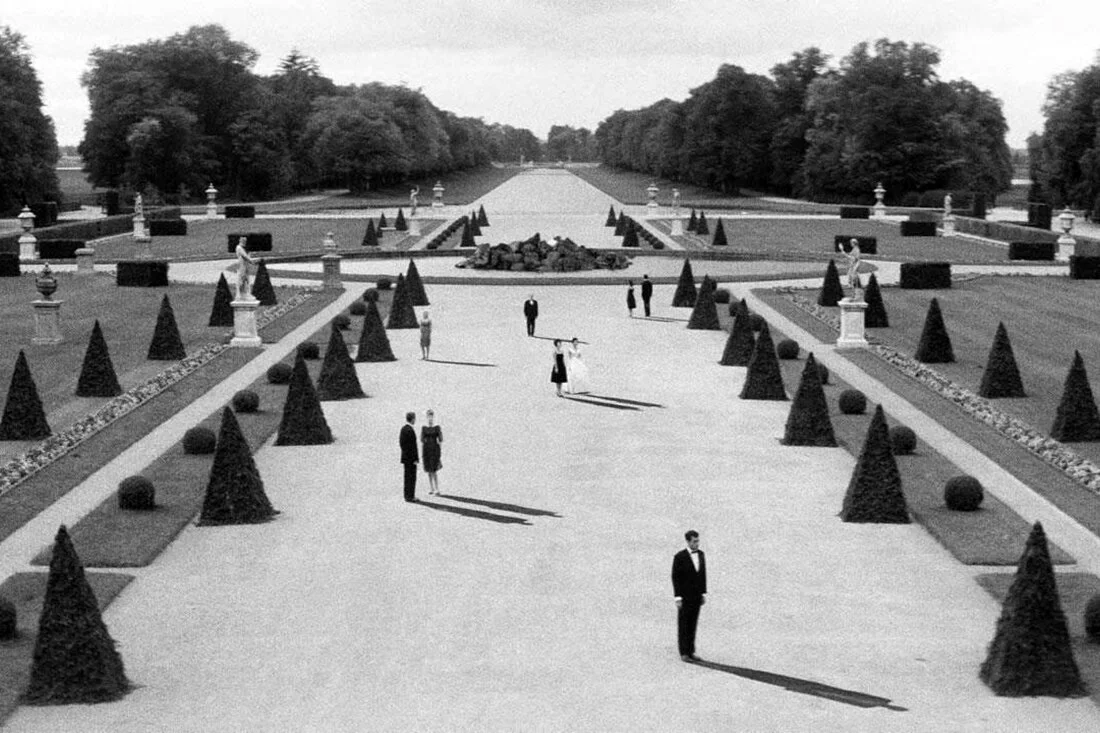THE BAD AND THE BEAUTIFUL (US, 1967, Warren Sonbert)
/One of the most profound themes coursing through Sonbert’s work is that of love between couples in all its pitfalls and perfect moments. To express this theme, Sonbert employed diverse cinematic strategies. These include in-camera editing (in THE BAD AND THE BEAUTIFUL,1967), twin-screen effects (in two “lost” films -- CONNECTION and TED AND JESSICA -- also both from 1967), and montage sequences (beginning with TUXEDO THEATRE, 1969).
Read More





















